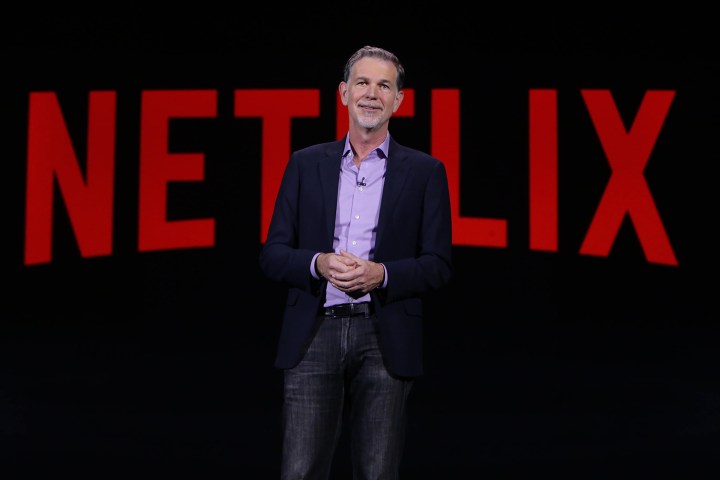
Netflix does not offer a truly immersive VR experience for shows such as The Unbreakable Kimmy Schmidt and has not licensed any VR content. According to Hastings in his interview with Venture Beat, that is because virtual reality, in its current form, is in direct conflict with the very foundation of what Netflix is about: comfort. “You’re exhausted after 20 minutes,” said the 55-year-old CEO.“We are more focused on a lean-back, relaxing experience.”
Comfort aside, Hastings is not sure virtual reality is even popular enough for its subscriber base of more than 70 million to be interested. “The problem with VR is that there’s not enough people on the platform to support the investment in that kind of content,” he said.
Hastings does see the potential in virtual reality, just not for watching movies and TV shows. “I think it’s going to be huge for the video game market,” said Hastings, who expressed this same thinking last week during Netflix’s earnings call for Q1. “I don’t think it will have a direct effect on us in the next couple of years,” Hastings said.
While the Netflix CEO is not ready to put big Netflix bucks into licensing and creating VR content, the worldwide leader in on-demand video streaming is not totally absent from the VR world. Last fall, Netflix and Oculus collaborated on a VR app where users can view Netflix content in the VR space using the Samsung Gear VR. The experience is not fully immersive, as the rendering of all the videos are 2D.
Hastings may be skeptical about VR’s reach, but its popularity is still increasing. According to Statista, the amount of active VR users worldwide is expected to grow from 43 million to 171 million.
No House of Cards VR Experience — yet.
Editors' Recommendations
- How this new Quest VR app totally sold me on exercising in virtual reality
- Pimax’s 12K QLED VR headset wants to take virtual reality to the next level
- Microsoft patents a virtual reality floor mat that could be paired with an Xbox


